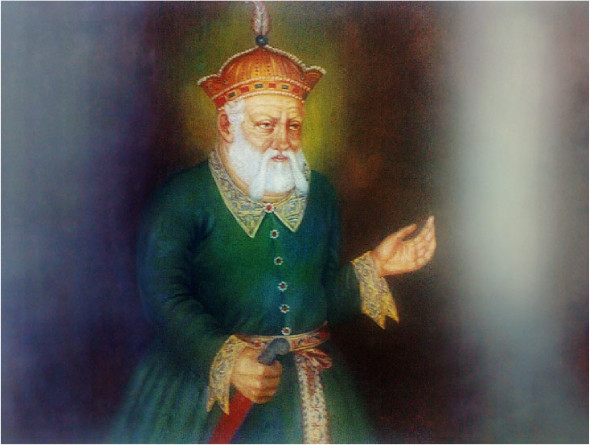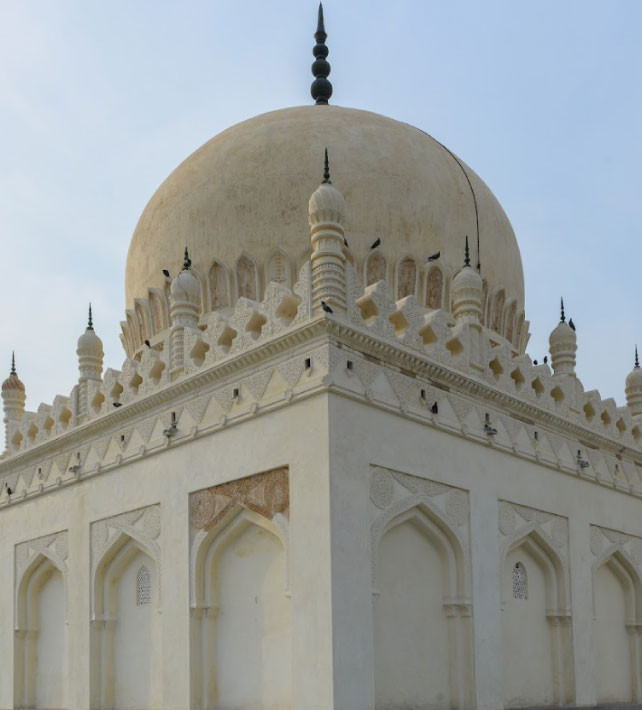- Fort Rd, Toli Chowki, Hyderabad, Telangana, 500008, India
- Visit

Sultan Quli Qutb-ul-Mulk was a Persian nobleman who rose through the Bahmani Sultanate to become governor of Telangana. As the Bahmani dynasty weakened in the early 16th century, he asserted his independence in CE 1518, establishing the Qutb Shahi dynasty. With Golconda as its capital, under his reign the area flourished. He fortified Golconda, expanded the kingdom's territory, and is remembered as the visionary founder of the Qutb Shahi dynasty.

Built during his own lifetime, as was the custom of the time, the mausoleum of Sultan Quli Qutb-ul-Mulk stands as one of the earliest structures within the Qutb Shahi Heritage Park. Dating back to the 16th century, the tomb's square design features a striking bulbous dome reaching a height of 16 meters.
The conservation of Sultan Quli's mausoleum proved to be an incredible journey of discovery, leading to a far deeper understanding of Qutb Shahi architecture. Removing the 20th-century cement plaster revealed intricate stucco patterns that had once adorned the entire facade.
Excavations carried out in vicinity of the mausoleum yielded a significant discovery, that the mausoleum sat amidst a formal enclosed garden.
Careful restoration efforts have brought the original grandeur of Sultan Quli Qutb-ul-Mulk's tomb back to life. Exhaustive archival research led us to historical photographs from the 1860s, which revealed that the tomb's façade was originally adorned with intricate lime stuccowork. Following this, in 2015, conservation work began with the careful removal of 20th-century cement plaster. This process revealed original 16th-century lime stucco details, allowing for the restoration of the stucco plaster where it was found missing. This included decorative elements on the arches, minarets, and dome.
Along with the façade, original stucco details were also uncovered and restored on the interior surfaces of the mausoleum. Conservation work at the mausoleum also included the removal of up to 6 inches of cement layers from the dome. The dome was then replastered with lime mortar. Cement concrete flooring on the plinth was replaced with 30 mm granite stone slabs, laid on a base of lime concrete. The graves on the plinth were cleaned of cement mortar, and dislocated stones were carefully reinstalled using lime mortar.The conservation work has restored the historical integrity of the tomb, aligning it with its original 16th-century design.
Conservation of Sultan Quli’s modest mausoleum proved to be an extraordinary journey of discovery, significantly enhancing our understanding of Qutb Shahi architecture. The removal of 20th-century cement plaster unveiled breathtakingly intricate stucco patterns that had originally adorned the entire façade and interior surfaces. These discoveries enabled the careful removal of inappropriate 20th-century layers, allowing for the restoration of the original stucco patterns.
.

For a long time, it was believed Deccani gardens, unlike their Mughal counterparts, were not enclosed. However, the literary work ‘Gulzar-e-Asafi’ mentions of a garden called ‘Bagh-e-Faiz Asar’ within which stood the tomb of Sultan Quli Qutb-ul-Mulk. However, excavations carried out in vicinity of the mausoleum yielded a significant discovery – that in keeping with contemporary literary sources, the mausoleum did indeed sit amidst a formal enclosed garden.
Archaeological excavations around Sultan Quli’s mausoleum, revealed the foundations of a massive enclosure wall, dating back to the 16th century, providing concrete evidence of a formal enclosed garden surrounding the tomb.This discovery significantly alters our understanding of Qutb Shahi funerary practices. Previously, with no surviving tomb-gardens from the dynasty, it was widely assumed their mausoleums stood alone. Now, we know they too embraced the concept of enclosed garden complexes, similar to the Mughals.Foundations of the garden enclosure wall were eventually found on all four sides, made of dressed granite blocks, and reached over 3 meters deep on the south.
The excavations helped understand that the existing arcade west of Muhammad Quli Qutb Shah’s mausoleum was part of the garden enclosure of Sultan Quli. This enabled the reconstruction of the arcade on all four sides to the extent possible without disturbing later monuments. The restored garden was planted with a fruit orchard.Conservation of the enclosure wall along with the reconstruction of arcade has brought a paradigm shift in the manner in which the tomb complex was perceived earlier. This has restored a sense of enclosure and formality to the tomb gardens.
Built for the second king of the Qutb Shahi dynasty, Jamshed Quli Qutb Shah’s mausoleum is noted for its unique octagonal plan, which sets it apart from the square or rectangular tombs of royalty at the necropolis.